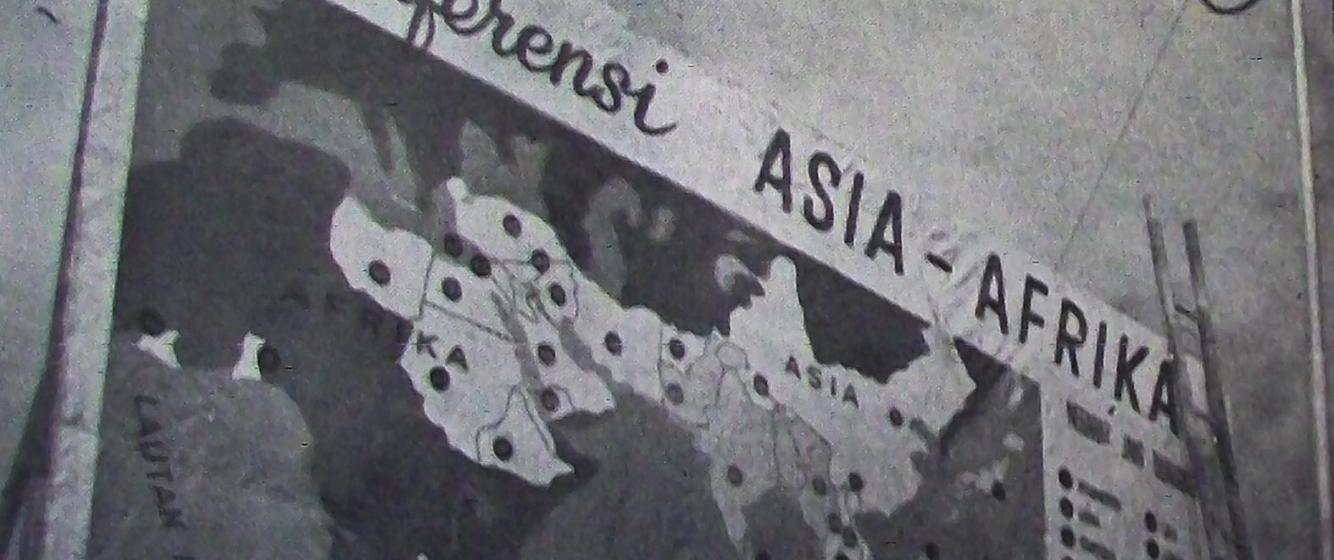
New avenues for the study of Southeast Asian relations during the colonial period
Southeast Asia has often been described as geographical crossroad and this view has dominated the regions (dis-)integration into early modern diplomatic history. The region’s historiographies are contested between hegemonical and nationalist narratives, both of which have turned a blind eye to the participation of indigenous populations in state making processes and negotiations. Like in many other areas, the absence of successor states with clear incentives to use the past for myth building, commemorating, inventing traditions and strengthening nationhood and identities, excluded indigenous story telling from history curricula. Consequently, the history of foreign exchange of many ancient polities has almost been forgotten and only recent interest (both from within and outside the region) has revealed exchange patterns and different agencies beyond the narrative of passively accepting conquest, coercion and expansion. New approaches to maritime history, a renewed focus on the Pacific and Austronesian connections, the silk road and the Indian Ocean as open space and gateway to Africa, Australia and Southeast Asia have opened new avenues for foreign relations within and with the region. Hans Hägerdal and Peter Borschberg reflect on how some of these approaches can stimulate new vistas in diplomatic history.
Hans Hägerdal reflects on the usefulness of new diplomatic history for maritime Southeast Asia.
The new diplomatic history approach, which has made recent advances in Asian studies, is very useful to study political relations in Maluku. This approach frequently focuses on the actions, motivations, and cultural contexts of groups in a multi-centric setting. Historians of Southeast Asia have often commented on the incompatibility of Western and local perceptions of treaties, and the conflicts that arose from this. Historians such as Barbara Andaya have clearly pointed out how contracts between Europeans and Southeast Asian rulers would mean something rather different for the two parts: for the Europeans, a set of regulations to follow, and for the local elite, a symbol of a relationship that stressed continuity with past reigns. Ide Anak Agung Gde Agung has clarified how expressions of submission in the contracts could be interpreted both as literal subordination by the European part and as a matter of polite etiquette by Asian rulers. These differing understandings inevitably led to repeated disputes. Ethnographic studies and recordings of oral traditions from the 19th, 20th and 21st centuries give us some clues to questions such as how diplomatic relations were built up in the European-Malukan contact zone, how they were perceived by the parties, and if they were able to thrive in spite of the very different cultural backgrounds. Brushing aside the traditional Eurocentric concepts, diplomacy as the conception of solemnized long-term agreements between polities, was evidently developed in Maluku long before European contact and operated on different levels. Relations were often conducted via myths of common origins, completely overlooked by the colonizers, which gave the various polities a sense of compatibility. While such cultural issues have received limited coverage in traditional diplomatic history this has changed recently.
Peter Borschberg introduces a survey of frameworks and analytical concepts that have determined the study of Southeast Asia.
For maritime Southeast Asia we have older models (with their acknowledged shortcomings such as Coedès „Indianized States“), which developed specifically with reference to the region (John Gullick, Bennet Bronson). There are also frameworks that were developed for other periods and regions but applied to the context of insular and peninsular Southeast Asia (Karl Polanyi’s „Port of Trade“, Fernand Braudel’s „Mediterranean“). Other approaches have looked at maritime Southeast Asia as part of overarching networks (Janet Abu-Lughod, Patricia Risso, John Miksic) based on place of origin, religious affiliation, etc. My attitude toward models and analytical frameworks has always been this: they cannot serve to substitute a rigorous review of the evidence at hand, nor should they prescribe the conclusions that we draw. They can however offer entry into a subject area and offer a ready set of questions with which we can start to interrogate our sources. Each of these models will emphasize different facets of historical enquiry. Not only should one be aware of their preferences, priorities and biases, but also critically engage them in order to carefully ascertain if they really fit the context and purpose of study. When examining individual port polities, I have found that the analytical frameworks by Gullick and Bronson to offer useful entry points, even if admittedly the hulu-hilir (upstream-downstream) framework has been questioned in more recent times by Miksic and Goh Geok Yian. One should always have the works of Oliver Wolters at hand to ascertain how he problematized some of the key issues. His book Early Indonesian Commerce offers a useful basis for studying the region in the precolonial period, but his collection History, Culture and Region in Southeast Asian Perspectives (1982, 1997) is the one that now makes me sit up in attention for the insights that it offers. Looking to embed maritime Southeast Asia in a bigger picture, the studies of networks are helpful, starting with Abu-Lughod and Risso, but also some of the more recent historians of maritime India. The question remains as to what we want to draw out of these studies and our primary sources. Autonomous history remains an objective when studying Southeast Asian history on its own terms. That’s easier said than done: there is always the question of how much attention we want to pay to European colonial sources, how we want to read, process and evaluate them, and whether it is really appropriate to apply European (or Eurocentric) concepts and categories. Sovereignty, territoriality, and free trade taken from a European vantage point would be three such concepts that I am finding increasingly problematic for certain periods of pre-colonial maritime Southeast Asian history.
Add new comment